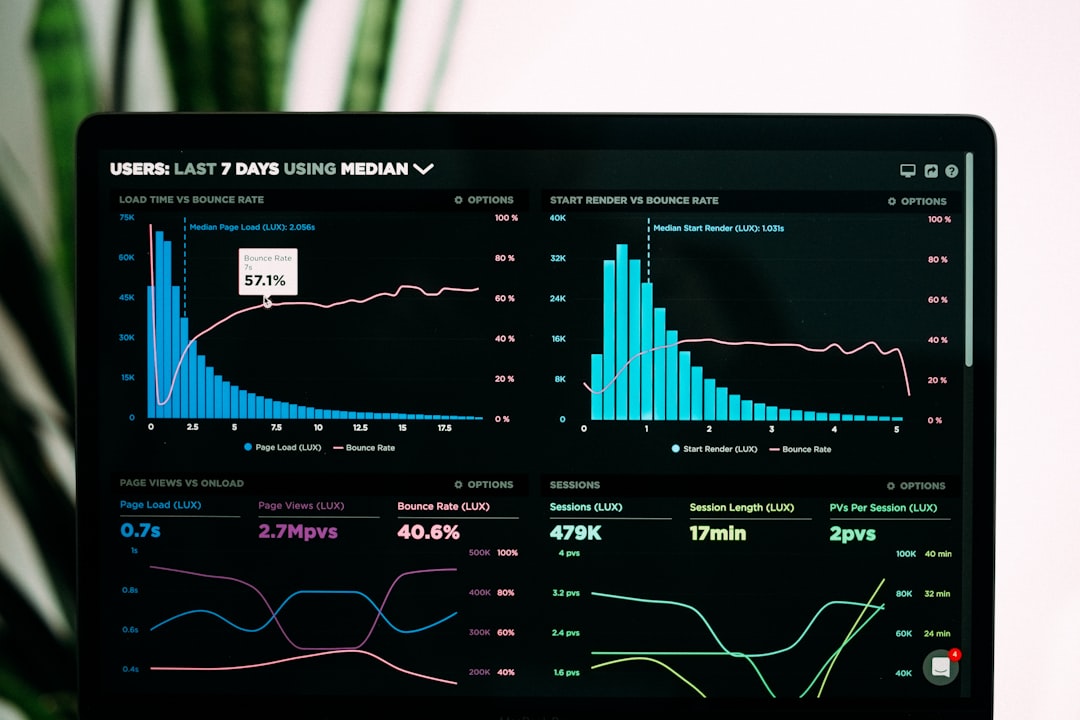In the world of Amazon advertising, understanding the performance metrics of your campaigns is essential for long-term success. Two important terms dominate conversations around profitability and advertising efficiency: ACoS and TACoS. While they may sound similar, they offer vastly different insights into the effectiveness of your marketing strategies. This article will explore the distinctions between ACoS and TACoS, their respective uses, and when each metric should be analyzed.
What is ACoS?
Advertising Cost of Sales (ACoS) is a metric used to measure the efficiency of your paid advertising campaigns on platforms like Amazon. It is calculated using the following formula:
ACoS = (Ad Spend / Ad Revenue) x 100
For example, if you spend $100 on advertising and generate $500 in revenue from those ads, your ACoS would be 20%. This number tells you how much of your revenue is being spent on advertising and is especially useful for understanding performance at the campaign or keyword level.
What is TACoS?
Total Advertising Cost of Sales (TACoS), on the other hand, takes a broader view by comparing your ad spend to your total overall revenue—both paid and organic. The formula looks like this:
TACoS = (Ad Spend / Total Revenue) x 100
For instance, if you spend the same $100 on ads but generate $1,000 in total revenue from both advertising and organic sales, your TACoS would be 10%. This provides a more holistic view of how advertising contributes to the growth of your entire business.

Key Differences Between ACoS and TACoS
The difference between ACoS and TACoS goes beyond mere calculations. Here are the core distinctions:
- Scope: ACoS only looks at revenue generated through advertising, while TACoS includes all revenue (advertising + organic).
- Insights Provided: ACoS helps evaluate immediate ad performance. TACoS assesses long-term trends and the broader impact of advertising on overall business growth.
- Marketing Strategy: ACoS is useful for optimizing specific ad campaigns. TACoS helps determine whether your ads are driving sustained organic growth.
When to Use Each Metric
Each metric serves its purpose depending on your objective. ACoS is ideal for performance marketers who want granular control over their ad budget—making adjustments to keywords, bids, and targeting strategies. For example, if your ACoS is higher than your profit margin, it might be time to tweak your approach.
TACoS, in contrast, is valuable for brand owners and strategists focused on building a loyal customer base and maximizing long-term profitability. A decreasing TACoS over time could signal that ads are contributing to more organic sales—an indication of successful brand awareness and product visibility.

How ACoS and TACoS Work Together
Rather than choosing one over the other, savvy marketers analyze both metrics in tandem for deeper insights. For example, a rising ACoS with a steady or declining TACoS may imply that your ads are becoming less efficient in the short-term but are still generating residual benefits through organic growth. On the other hand, if both ACoS and TACoS are increasing, it might be a red flag suggesting that your advertising strategy needs reevaluation.
Final Thoughts
Understanding the difference between ACoS and TACoS is crucial for forming a more nuanced picture of your advertising effectiveness. While ACoS provides immediate, campaign-specific feedback, TACoS offers insights into how advertising impacts your entire business over time. By tracking both, brands can optimize their strategies for short-term returns and long-term growth.
FAQs
-
Q: Is a low ACoS always better?
A: Not necessarily. A low ACoS may indicate efficient ad spending, but it could also mean you’re not investing enough to grow. Balance is key. -
Q: What is a good TACoS percentage?
A: This varies by industry, but generally, a TACoS under 10% suggests that you’re generating strong organic sales in addition to ad-driven sales. -
Q: Can I have a high ACoS and still be profitable?
A: Yes, especially if you’re in a growth phase and aiming to gain market share rather than immediate profit. -
Q: How often should I review ACoS and TACoS?
A: Weekly or biweekly is recommended, though the frequency can depend on your campaign duration and sales volume. -
Q: Do I need special tools to track TACoS?
A: Many third-party analytics tools and platforms like Amazon Seller Central provide these metrics or allow you to calculate them using sales data.
